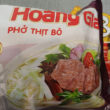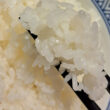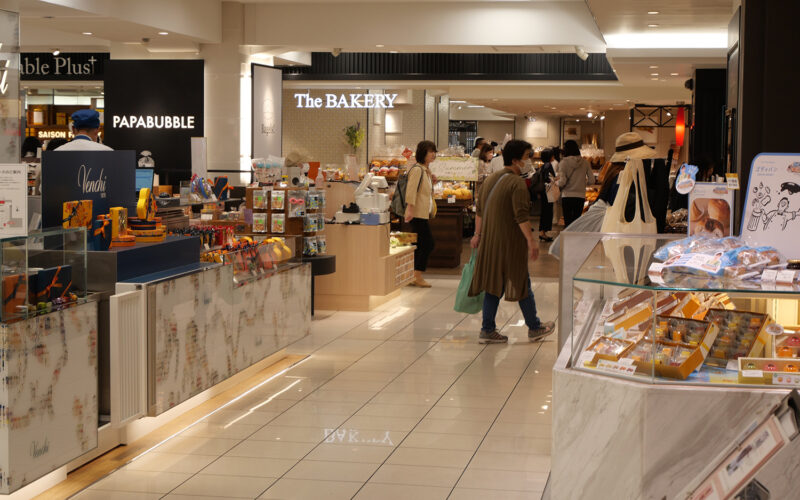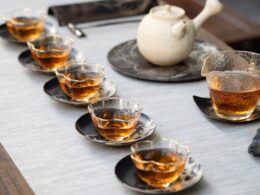The cherry blossom season and a depreciated yen have led to a surge in international tourists, significantly boosting department store sales in Japan to unprecedented levels in April.
TOKYO, JAPAN (Business Northeast) – According to the Japan Department Store Association, national department store sales in April 2024 exceeded 444 billion yen, an 8.9% increase from the same month last year. Store foot traffic rose by 2.4%, marking the 26th consecutive month of growth. The influx of foreign tourists, attracted by the cherry blossoms and favorable exchange rates, fueled this growth. In April, spending by international visitors in department stores hit a record high of 59.9 billion yen, a substantial 74.4% increase compared to 2019. Additionally, the number of purchasing customers surpassed 500,000 for the first time, reaching 506,000, a remarkable 119.5% growth.
In addition to the growth in the number of inbound tourists and the high consumer demand for high-value-added products, sales activities, membership promotions, product exhibitions, etc., planned by department stores have become essential keys to attracting customers and increasing sales. High-value products such as luxury brand bags, watches, jewelry, and cosmetics continue to perform well among Japanese and overseas consumers, causing the overall sales trend to grow positively, with an increase of 2.0% compared with 2019.
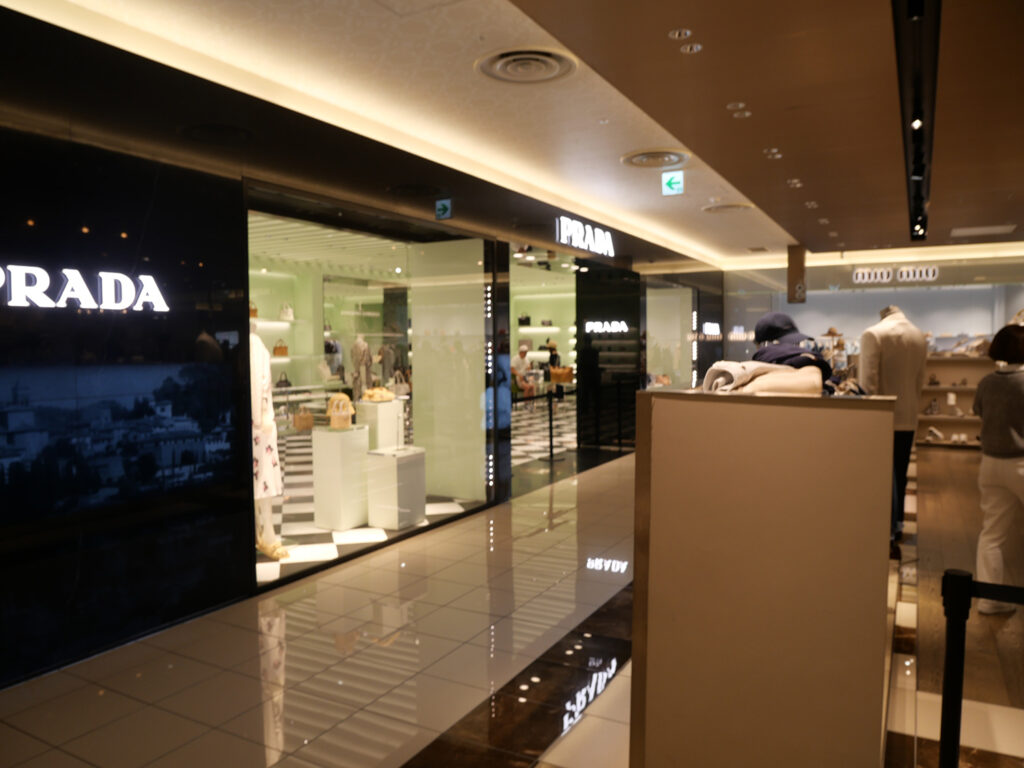
Eight of Japan’s ten largest cities exceeded last year’s results due to increased inbound demand and high-priced consumption. Among them, the cities with the highest department store sales growth rates were Osaka (up 23.3%), Kyoto (up 19.7%), and Fukuoka (+17.7%). Although international tourists continue to grow, cities are still the main consumption areas in tourist destinations. Department store sales in areas outside the ten largest cities fell by 2.1%, and only the central region increased by 3%.
Sales of all types of merchandise in department stores exceeded last year’s levels, with four of the five significant items exceeding the previous year’s. Among them, personal items and groceries sales increased by double digits, exceeding 2019 levels. High-value products such as luxury brand bags, watches, jewelry, and cosmetics continue to perform well in Japan and overseas. In the food category, performance fell short of the previous year, but sales of bento boxes and prepared foods remained strong due to demand for cherry blossom viewing.
In addition, sales statistics by product show that women’s clothing categories (approximately 86.8 billion yen), art and jewelry categories (approximately 46.4 billion yen), cosmetics categories (approximately 37.5 billion yen), and fruit categories (approximately 29 billion yen), and other food categories (approximately 26.2 billion yen), occupying the top five sales. This statistic not only provides an understanding of the Japanese department store consumer market but also shows the importance of Japanese consumers’ attachment to their image and the consumption potential of women.
Traveling to Japan continues to be popular among international tourists. The depreciation of the Japanese currency and the cherry blossom season have increased tourists’ desire to spend. As a result, many tourists face overweight luggage when returning from Japan. From the Japanese travel video introduction shared by female internet celebrities, it was found that the purchased products are mostly cosmetics, clothing, and foods, which are very similar to the statistical ranking of product sales. These statistics can not only observe the direction of domestic consumption in Japan but also understand the purchasing trends of overseas tourists. Whether you plan to travel to Japan regularly, refer to this data and sort out your purchase list.




